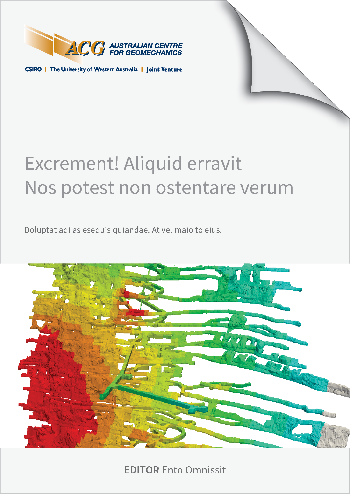Sublevel shrinkage mining method

|
Authors: Kwaku Yeboah, E; Quainoo, M |
DOI https://doi.org/10.36487/ACG_repo/2435_G-09
Cite As:
Kwaku Yeboah, E & Quainoo, M 2024, 'Sublevel shrinkage mining method', in Daniel Johansson & Håkan Schunnesson (eds), MassMin 2024: Proceedings of the International Conference & Exhibition on Mass Mining, Luleå University of Technology, Luleå, pp. 974-989, https://doi.org/10.36487/ACG_repo/2435_G-09
Abstract:
Seismic activity associated with underground mining presents significant challenges to safety, productivity, and operational sustainability within the mining industry. The last three decades have seen increasingly rapid advances in the field of mining-induced seismicity, particularly associated with rockbursts and Fall of Ground (FoG), which have been a major contributor to fatalities in mines. Nevertheless, minimal attention has been devoted to this phenomenon in sub-level shrinkage mining domains. This paper seeks to share the knowledge gained so far by exploring the Newmont Subika underground’s sublevel shrinkage mining method and offers valuable insights into the mining industry. The paper seeks to demonstrate the reasons behind the change in mining method from Long Hole Open Stoping (LHOS) to Sublevel Shrinkage (SLS) mining method; pre-work or infrastructure activities conducted in anticipation of the onset of seismicity prior and post change in mining method; underlying mechanisms of seismic events, its current impacts on mining operations, and some mitigation strategies using the three-year seismic data from the Institute of Mine Seismology (IMS) Microseismic monitoring systems at Newmont Subika Underground (SUG) mine, Ghana. Understanding the SLS mining technique and its importance in mitigating seismic-related challenges is crucial for the mining community, given its limited adoption globally.
© Copyright 2025, Australian Centre for Geomechanics (ACG), The University of Western Australia. All rights reserved.
View copyright/legal information
Please direct any queries or error reports to repository-acg@uwa.edu.au
View copyright/legal information
Please direct any queries or error reports to repository-acg@uwa.edu.au